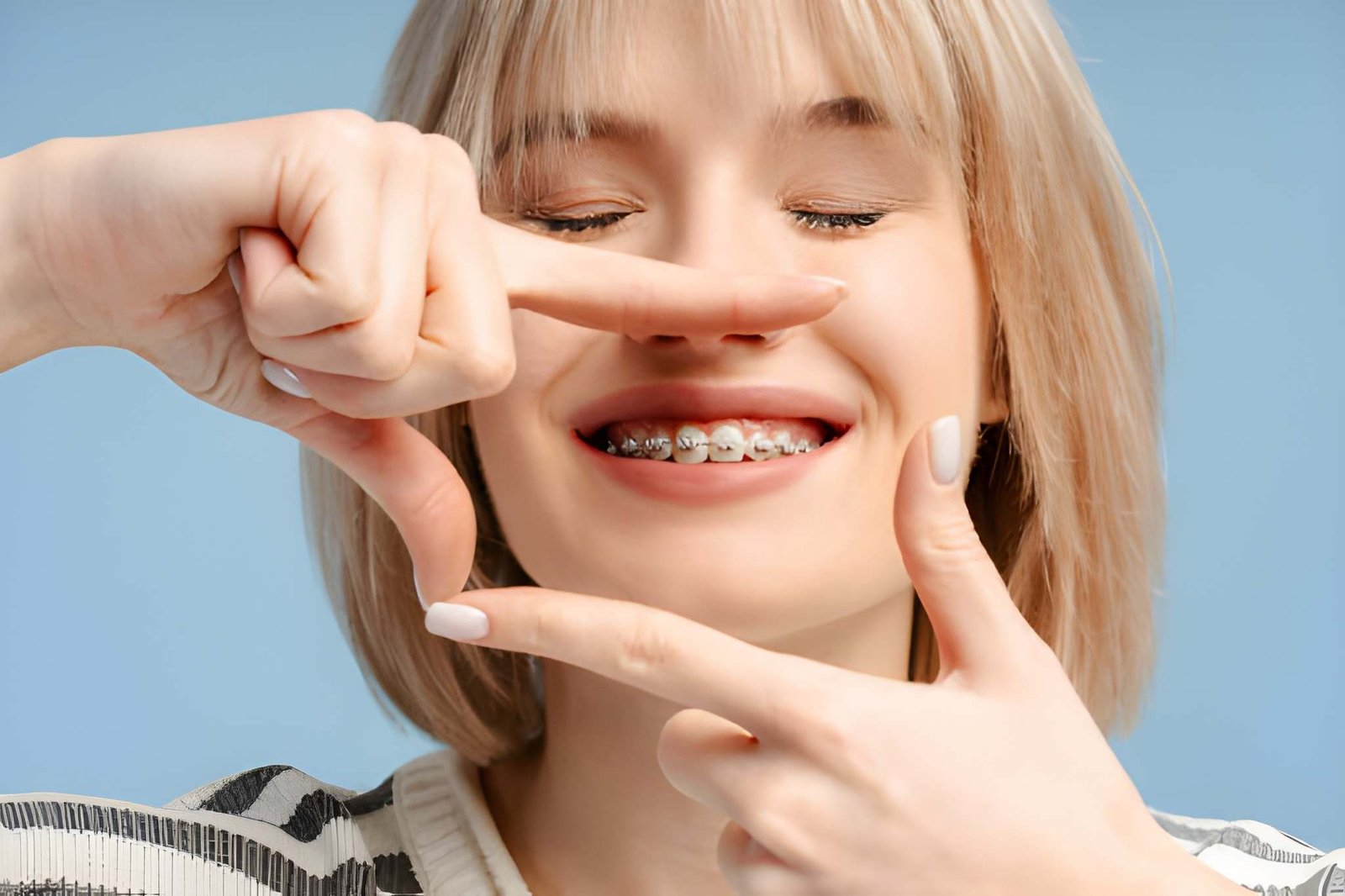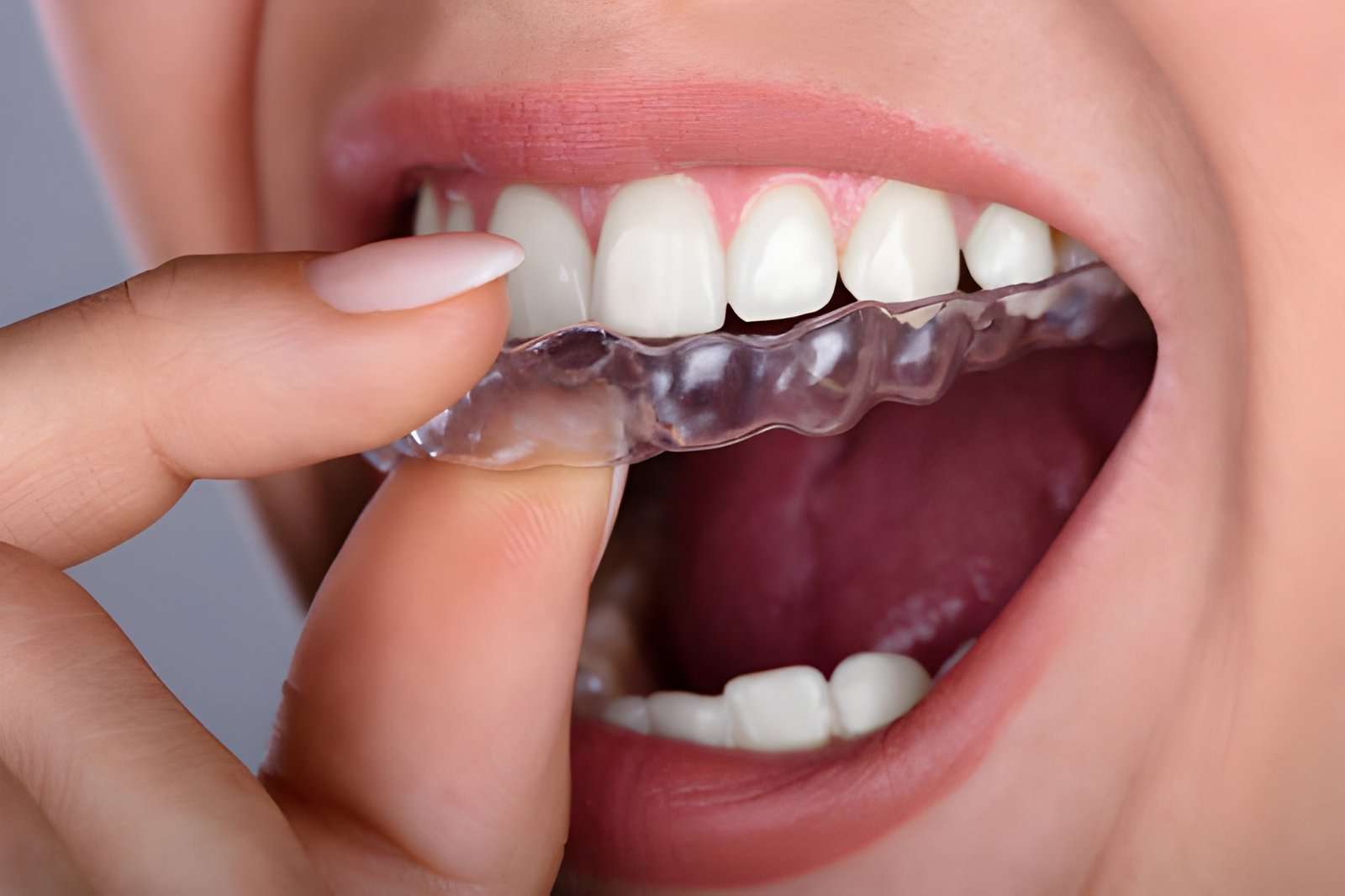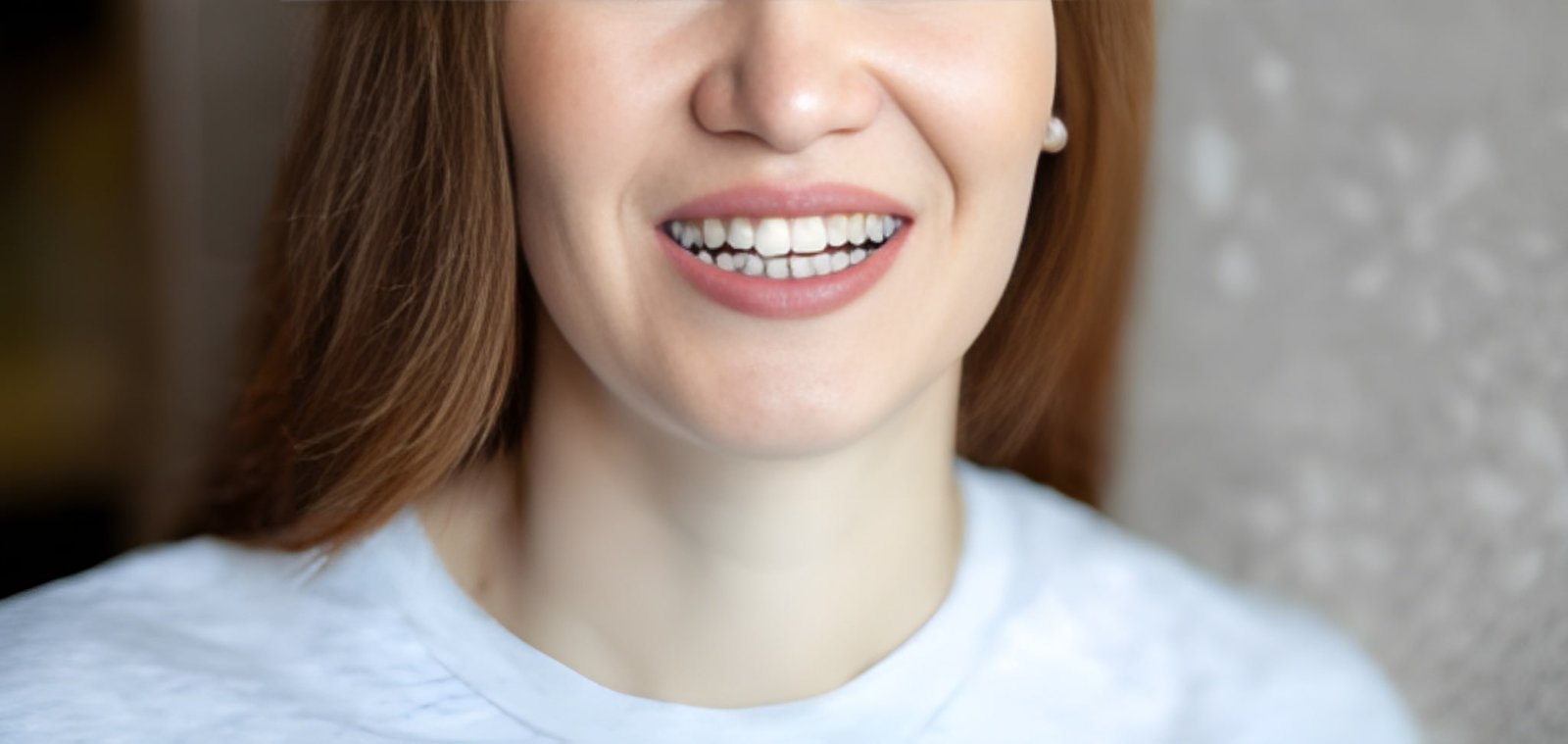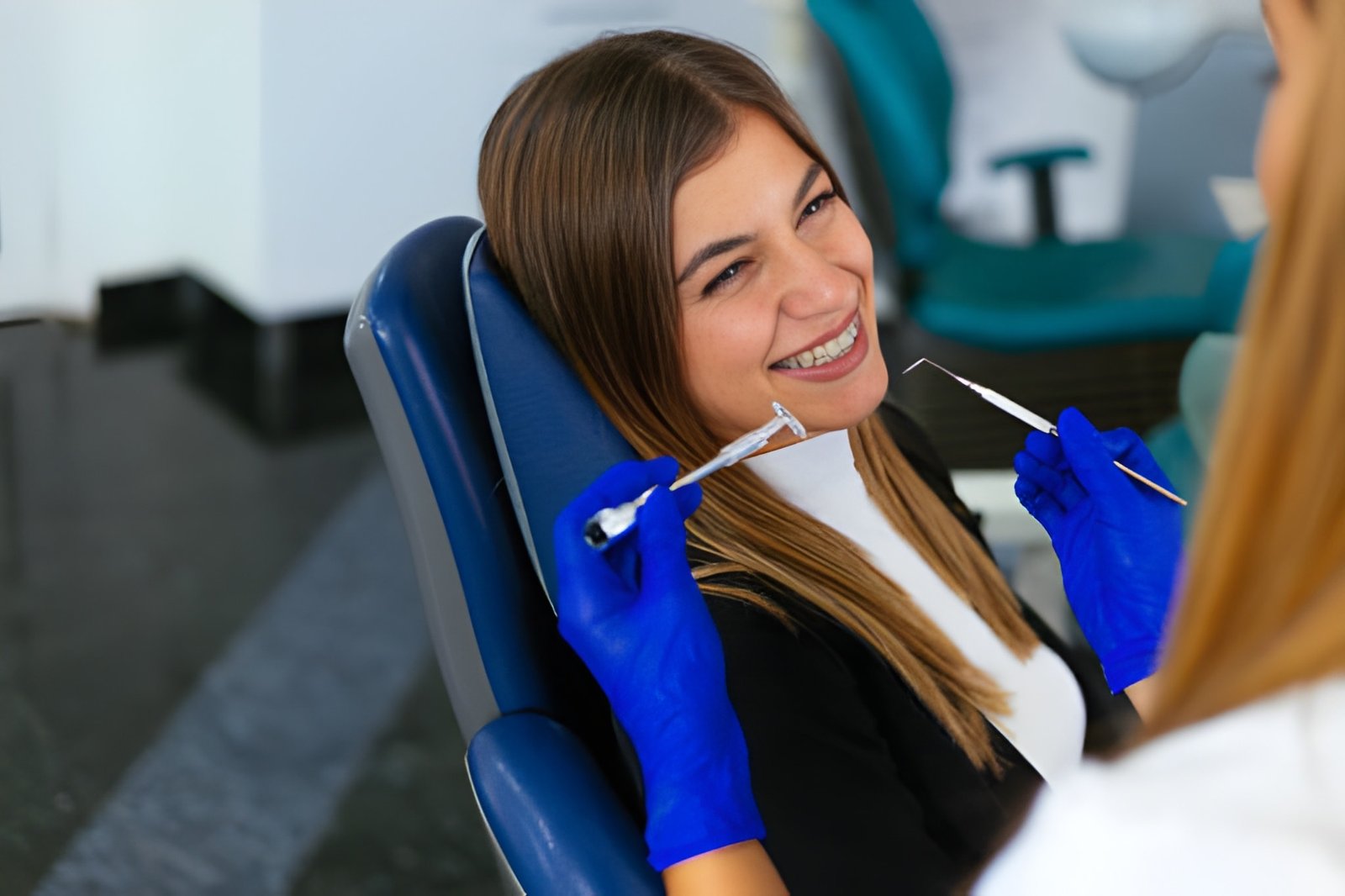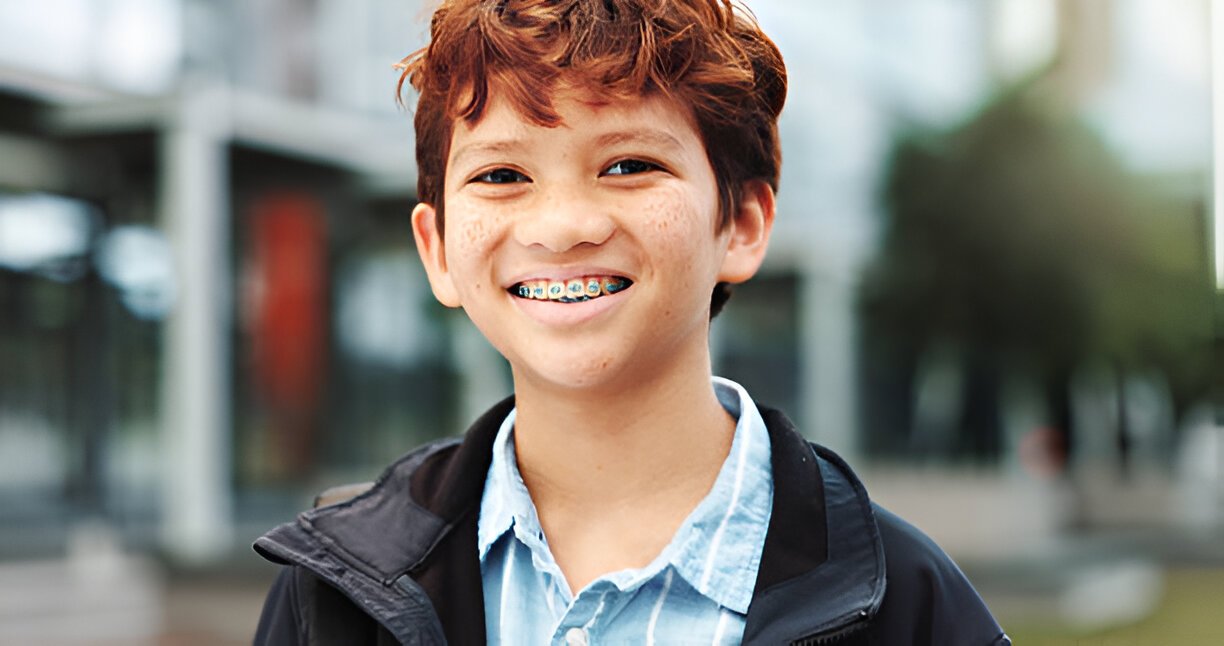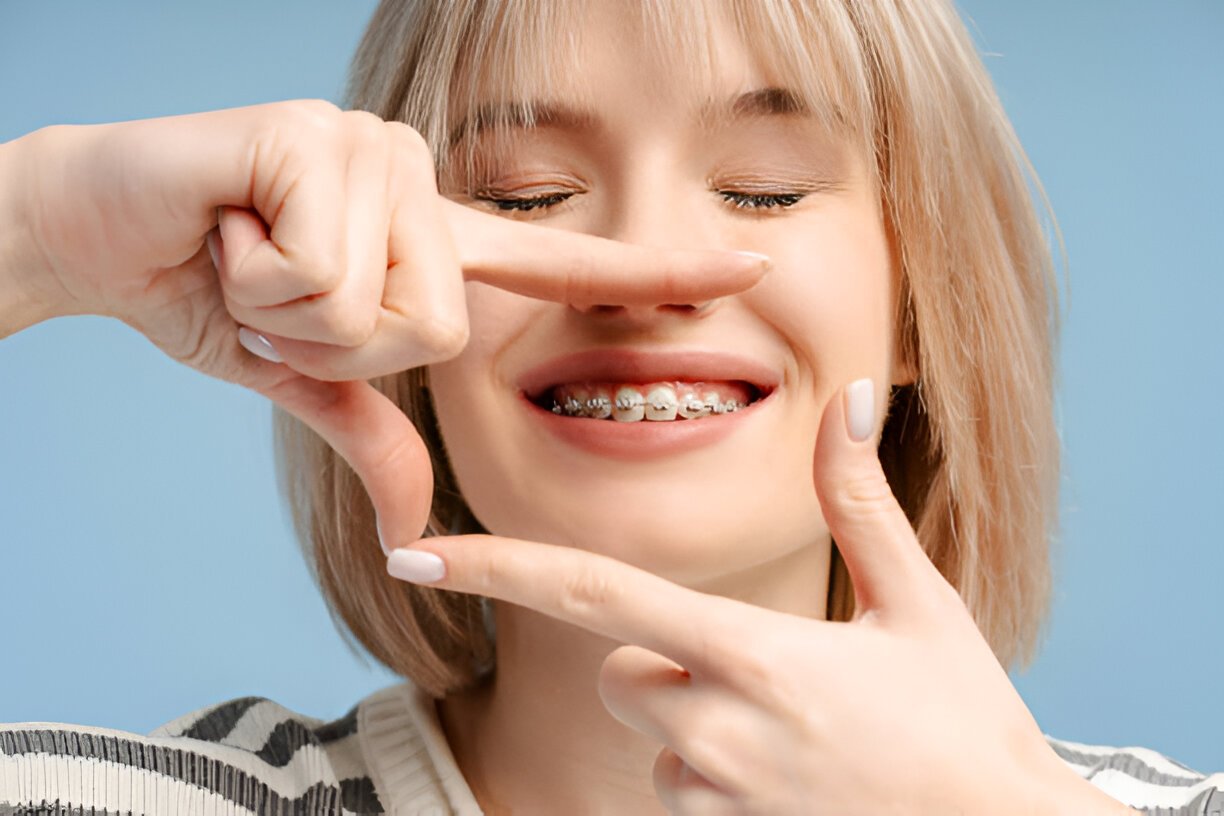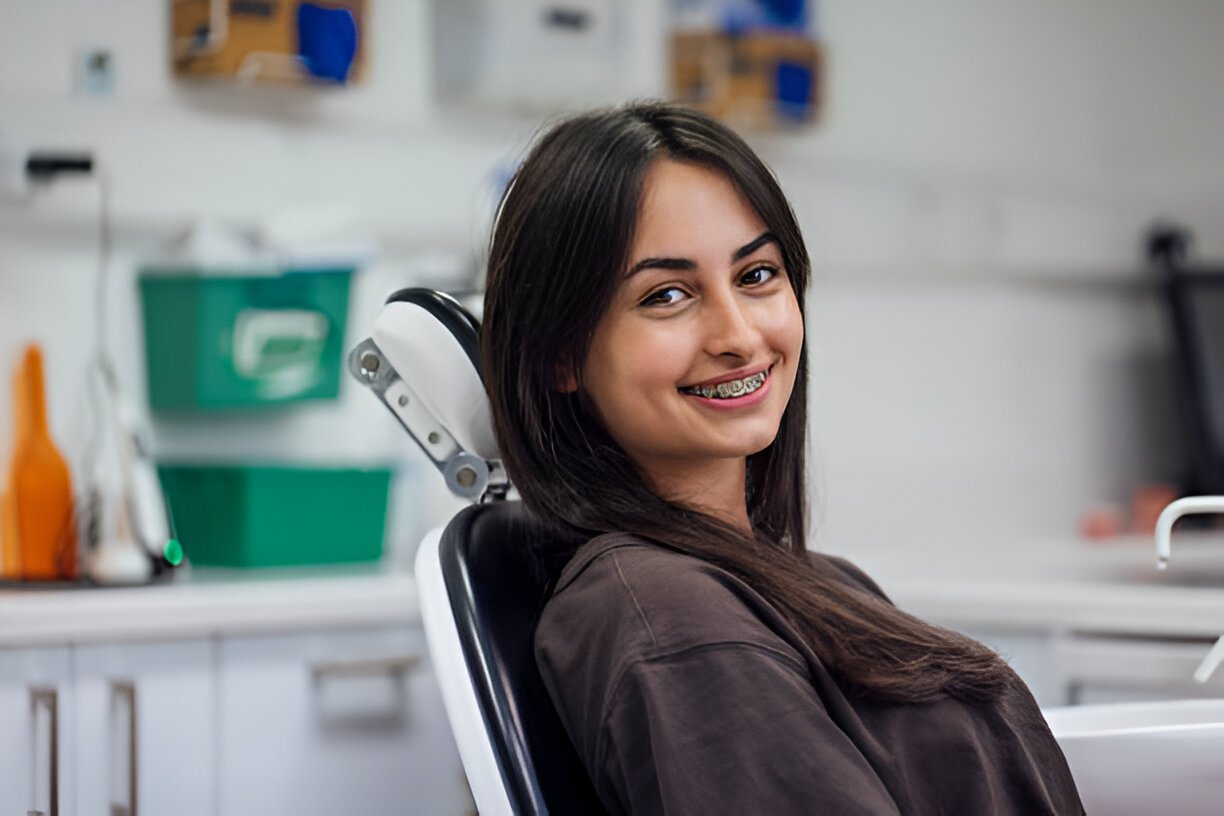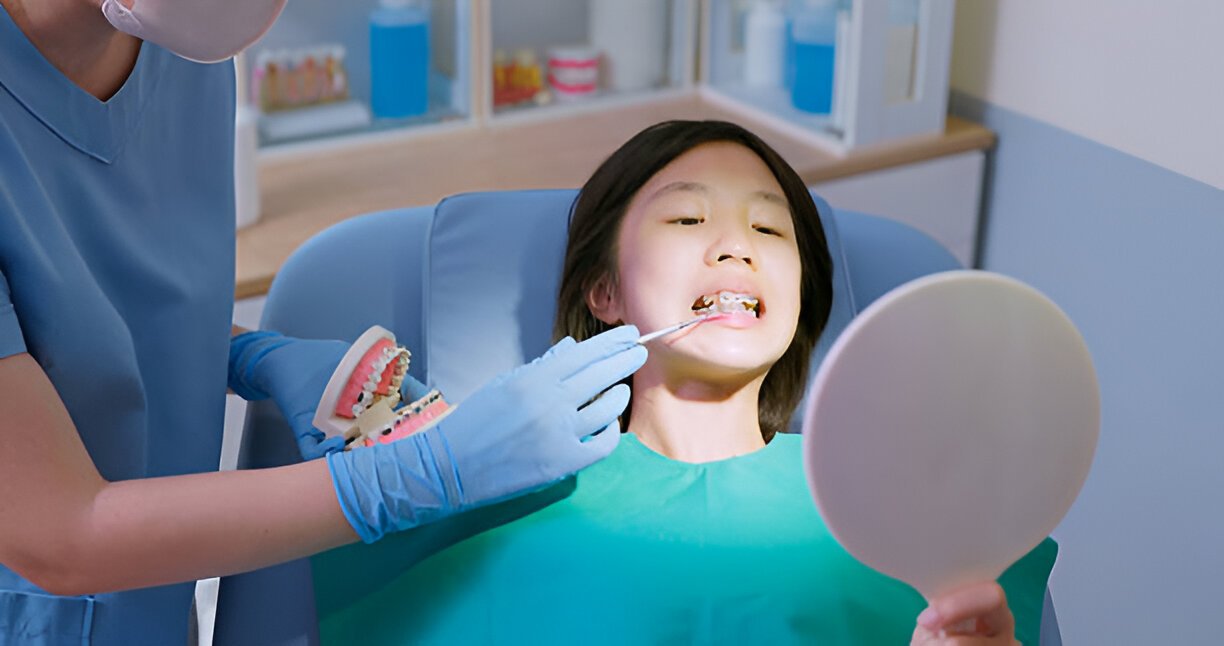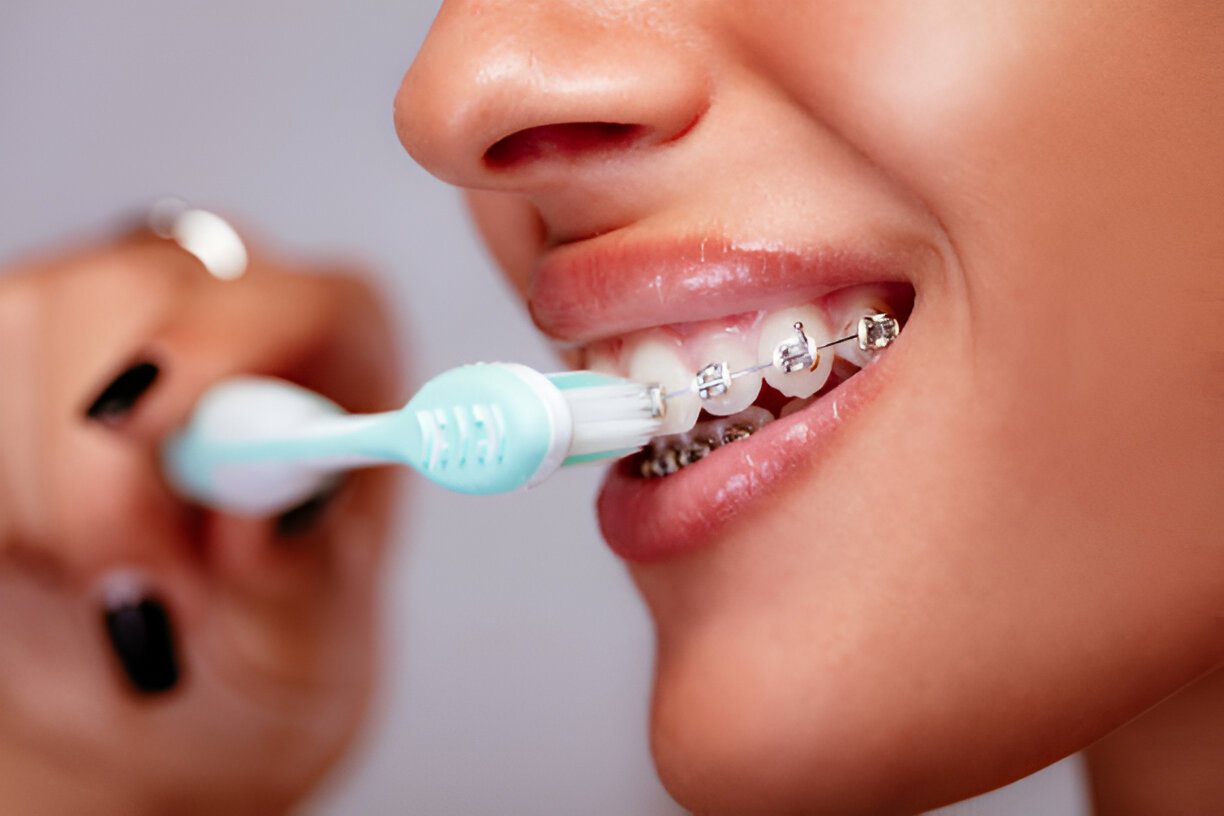Braces are one of the most common orthodontic treatments used to straighten teeth and correct bites. Many people think they’re just for teenagers, but that’s not entirely true. You can get braces at almost any age. However, some ages are better than others when it comes to getting the best results quickly and comfortably.
In this article, we’ll explore when it’s the right time to get braces, the benefits of starting young, and what options are available for both children and adults.
Why Do People Need Braces?
Braces fix problems with how your teeth line up. This can include crooked teeth, gaps, crowding, overbites, underbites, and more. If left untreated, these issues can lead to tooth decay, gum problems, jaw pain, or trouble with eating and speaking.
Orthodontists use braces to gently move teeth into the right position. This not only improves your smile but also keeps your mouth healthier in the long run.
The Best Age for a First Check-Up
The best age to first see an orthodontist is around 7 years old. This doesn’t mean your child will need braces at that age, but it’s a good time to check how their teeth and jaws are developing.
At this age, children still have some baby teeth, and their jaws are still growing. This makes it easier to spot early problems like crowding or bite issues. Early visits can also help your orthodontist plan the right time to begin treatment.
What is the Ideal Age for Braces?
For most children, the ideal age to actually get braces is between 10 and 14 years old. Here’s why:
- Most or all of their adult teeth have come in.
- Their mouths and jaws are still growing, which makes moving the teeth easier.
- They’re old enough to take care of their braces.
Braces tend to work faster during this time, and the results can last longer if they’re well maintained. That’s why it’s often seen as the “golden age” for orthodontic treatment.
Can Teenagers Get Braces?
Absolutely. Many children don’t start orthodontic treatment until they become teenagers. Sometimes, their teeth come in later than usual, or their bite issues become more obvious at this stage.
Teenagers can still benefit from braces just like younger children. In fact, many teenagers today are choosing clear aligners like Invisalign as an alternative to metal braces because they’re less noticeable.
What About Braces for Adults?
Braces are not just for kids and teens. Many adults choose to get braces later in life. Some never had the chance to fix their teeth earlier. Others may see their teeth shift as they get older.
Adults can still get great results with braces. However, the treatment may take a bit longer because their jaws have stopped growing. Adults also need to be more careful about gum health during treatment.
Today’s options include clear braces, ceramic braces, and removable aligners, making treatment more discreet for working professionals.
Benefits of Starting Braces Early
There are clear advantages to starting braces earlier in life:
- Treatment is usually faster
- Jaw growth helps move teeth more easily
- Fewer dental complications later
- Better long-term stability
Even if your child doesn’t need braces right away, seeing an orthodontist early means problems can be monitored and managed before they get worse.
How to Know if Your Child Might Need Braces
Here are some common signs to watch for:
- Crowded or crooked teeth
- Large gaps between teeth
- Overbite or underbite
- Trouble biting or chewing
- Thumb-sucking after age 5
- Early or late loss of baby teeth
If you notice any of these, it’s a good idea to book a visit to the orthodontist.
How Much Do Braces Cost?
The cost of braces depends on several factors, including the type of braces, the length of treatment, and your location. In general, adult braces may cost more because they often take longer.
In the UK, NHS treatment may be available for children under 18 with a clear medical need. However, waiting lists can be long, and not all cases qualify. Private treatment gives you more options and quicker access.
Braces Options to Choose From
There are many types of braces today, each suited for different needs and preferences:
- Metal Braces – Strong and affordable
- Ceramic Braces – Blend in with teeth
- Lingual Braces – Hidden behind teeth
- Clear Aligners – Removable and nearly invisible
Your orthodontist will help you choose the right one based on your teeth and lifestyle.
Conclusion
The best age to get braces depends on the individual, but the most common time is between 10 and 14 years old. However, there’s no age limit. Whether you’re 7 or 47, braces can still give you a healthier, straighter smile.
Early visits help spot problems sooner, and modern options make treatment easier and more comfortable than ever before. If you’re unsure, speak to a dentist or orthodontist — it’s never too late to take the first step.
Book your consultation today!
Thinking About Braces? Visit Visage Orthodontics in Aberdeen
At Visage Orthodontics, we provide expert orthodontic care for children, teens, and adults. Whether you’re considering metal braces or clear aligners, our friendly team in Aberdeen is here to help you smile with confidence. Book your consultation today and take the first step towards a healthier, straighter smile.
Frequently Asked Questions
1. Can my child get braces even if they still have baby teeth?
Yes, in some cases. This is called interceptive orthodontics, which can help guide jaw growth or correct early bite issues. However, most full treatments begin after baby teeth fall out, around age 10–14.
2. Are braces painful for kids or adults?
Braces may cause mild discomfort when first applied or after adjustments, but the pain is temporary. It usually fades within a few days. Over-the-counter pain relief and soft foods help ease the transition.
3. How long does treatment with braces take?
On average, treatment lasts 12 to 24 months, but it depends on the complexity of the case and age. Teenagers often respond faster than adults due to ongoing jaw growth and more flexible teeth movement.
4. Can adults get invisible braces instead of metal ones?
Yes. Many adults choose clear aligners or ceramic braces for a more discreet look. These options are ideal for working professionals who want effective results without the appearance of traditional metal braces.
5. What happens after braces are removed?
After braces, you’ll need to wear a retainer to keep your teeth in their new position. Retainers can be removable or fixed. They help prevent your teeth from shifting back and are a crucial part of treatment success.

